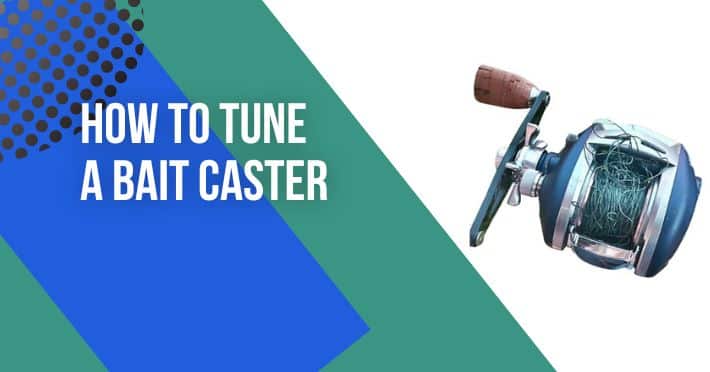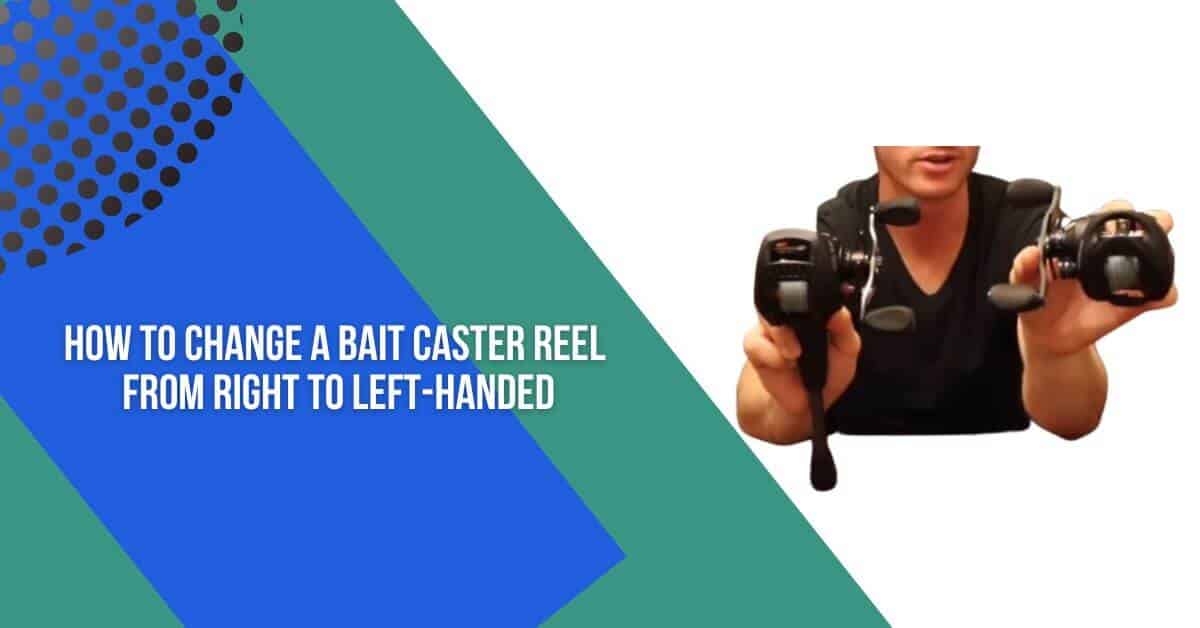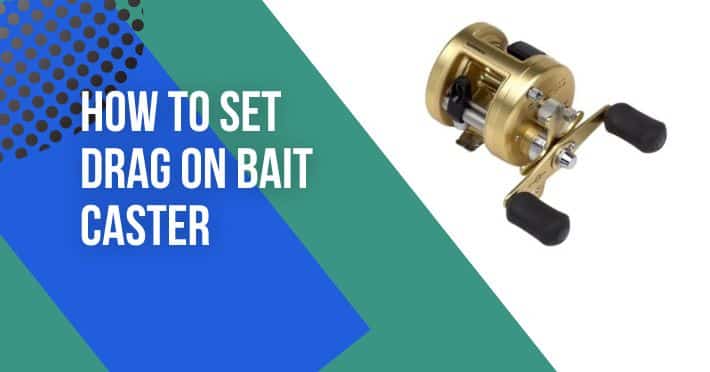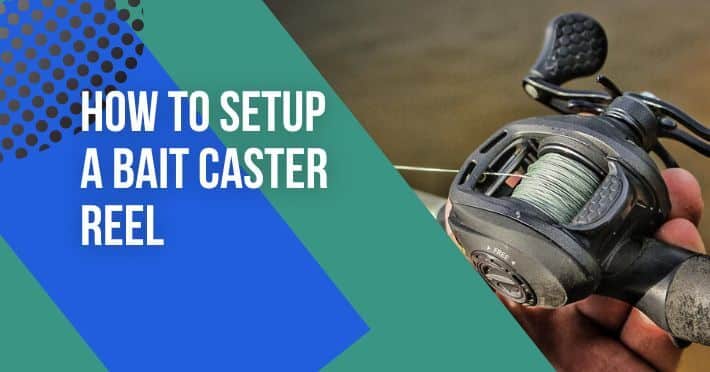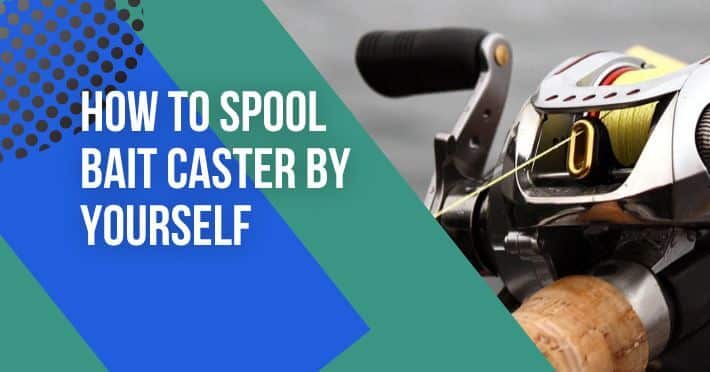Contents
- 1 How To Use A Lews Baitcaster?
- 2 I. Familiarizing Yourself with the Lew’s Baitcaster
- 3 II. Setting Up the Lew’s Baitcaster
- 4 III. Mastering Casting Techniques
- 5 A. The Overhead Cast:
- 6 B. The Sidearm Cast:
- 7 C. The Pitch Cast:
- 8 Maintenance and Troubleshooting
- 9 Lew’s Baitcaster set-up – the basics
- 10 Conclusion
- 11 FAQs!!
- 12 Q: How do I prevent backlash or bird’s nests when casting with a Lew’s Baitcaster?
- 13 Q: What is the purpose of the brake system on a Lew’s Baitcaster?
- 14 Q: How do I adjust the casting control knob on a Lew’s Baitcaster?
- 15 Q: How do I engage and disengage the reel on a Lew’s Baitcaster?
- 16 Q: How do I adjust the drag on a Lew’s Baitcaster?
Baitcasting reels, like the renowned Lew’s Baitcaster, are powerful tools that can enhance your fishing experience. While they may seem intimidating to beginners, with proper understanding and practice, anyone can become proficient in using a Lew’s Baitcaster.
This comprehensive guide will take you through the step-by-step process of using a Lew’s Baitcaster effectively, from setting up the reel to mastering the casting technique. So, let’s dive in and unlock how to use a lews baitcaster.
How To Use A Lews Baitcaster?
To use a Lew’s Baitcaster, follow these steps:
- Familiarize yourself with the reel: Take a moment to understand the different parts of the baitcaster. This includes the handle, spool tension knob, brake system, drag adjustment, and the casting control knob.
- Adjust the spool tension: Start by adjusting the spool tension knob located on the side of the reel. Begin by loosening it completely, then gradually tighten it until the lure begins to descend slowly when the rod tip is pointed down. This adjustment prevents the spool from overrunning during a cast.
- Set the brake system: Most Lew’s Baitcasters have a centrifugal or magnetic brake system. Adjust the brakes to match your casting ability and the weight of the lure. Consult the reel’s manual to determine the specific settings for your model.
- Adjust the casting control knob: The casting control knob is usually located on the opposite side of the handle. It helps control the distance and accuracy of your casts. Start by setting it to the middle position and fine-tune it based on your casting needs.
- Engage the reel: Make sure the reel is engaged by pushing the thumb bar or pressing the release button, depending on the model. This allows the spool to rotate freely.
- Hold the rod and reel correctly: Place your dominant hand on the handle, while your other hand supports the rod near the reel seat. Maintain a comfortable and secure grip to ensure control during casting and retrieving.
- Cast your lure: With the lure attached to the line, hold the rod at a 45-degree angle. Press the thumb bar or release button to disengage the reel. Use your thumb to control the line during the cast, gradually releasing it as the lure moves forward. Practice your casting technique to achieve better accuracy and distance.
- Adjust the drag: The drag system controls the amount of resistance applied when a fish pulls on the line. Set the drag to an appropriate level based on the target species and line strength. Turn the drag adjustment knob clockwise to increase resistance or counterclockwise to decrease it.
- Retrieve your lure: After casting, engage the reel by pressing the thumb bar or releasing the button. Use the handle to retrieve the lure, reeling in at a steady pace. Adjust the reel’s speed and retrieve style based on your fishing technique and the behavior of the fish.
Remember, it’s always recommended to consult the specific instructions provided with your Lew’s Baitcaster model for more detailed information on its features and operation.
I. Familiarizing Yourself with the Lew’s Baitcaster
Before you begin casting with a Lew’s Baitcaster, it’s essential to become familiar with its components. Understanding the reel’s parts will help you operate it smoothly and make necessary adjustments when needed. The key components of a Lew’s Baitcaster include the spool, handle, braking system, drag system, tension knob, and casting control.
II. Setting Up the Lew’s Baitcaster
To ensure optimal performance, you need to set up your Lew’s Baitcaster correctly. This section will guide you through the process step by step, starting with selecting the right fishing line and attaching it to the reel. Next, you’ll learn how to adjust the brake system and set the appropriate spool tension for your fishing conditions. Additionally, you’ll discover how to fine-tune the drag system to match your target species.
III. Mastering Casting Techniques
A. The Overhead Cast:
- Learn about the proper stance and grip to achieve stability and control during the cast.
- Understand how to position your rod and reel before initiating the cast.
- Discover the proper techniques for engaging the spool, releasing the line, and generating casting power.
- Learn how to manage the line with your thumb during the cast to achieve accuracy and distance.
- Understand how to adjust the braking system during the cast to prevent backlash and optimize performance.
- Discover the importance of a smooth follow-through and how to effectively land your bait.
B. The Sidearm Cast:
- Technique and Benefits: Explore the sidearm casting technique and understand when it can be advantageous.
- Execution and Adjustments: Learn the step-by-step process of executing a sidearm cast, including adjustments to the reel settings and line control.
C. The Pitch Cast:
- Purpose and Mechanics: Understand the purpose and mechanics behind the pitch cast, ideal for short-range and precise targeting.
- Execution and Line Control: Master the technique of pitching with a Lew’s Baitcaster, including accurate line control and bait placement.
Maintenance and Troubleshooting
Proper maintenance is essential to keep your Lew’s Baitcaster in top condition. This section provides tips on cleaning, lubricating, and storing the reel. Additionally, you’ll find troubleshooting advice to address common issues such as backlash, reel noise, and handle alignment.
Lew’s Baitcaster set-up – the basics
Conclusion
Using a Lew’s Baitcaster can take your fishing skills to the next level. By following the step-by-step instructions in this comprehensive guide, you can confidently set up the reel, master various casting techniques, and maintain the equipment for long-lasting performance. Remember, practice makes perfect, so invest time in honing your skills.
With patience and perseverance, you’ll soon find yourself casting with precision and reeling in impressive catches like a true angling expert. So, get out there, embrace the challenge, and enjoy the rewarding experience of fishing with a Lew’s Baitcaster!
FAQs!!
Q: How do I prevent backlash or bird’s nests when casting with a Lew’s Baitcaster?
Backlash occurs when the spool spins faster than the line can unwind, resulting in a tangled mess. To prevent backlash, ensure that the spool tension knob is properly adjusted. Start with a loose setting and gradually tighten it until the lure descends slowly when the rod tip is pointed down. Additionally, practice using your thumb to control the line during the cast, applying light pressure to prevent the spool from overrunning.
Q: What is the purpose of the brake system on a Lew’s Baitcaster?
The brake system helps control the speed and rotation of the spool during casting. It prevents backlash by providing resistance to the spool’s rotation. Lew’s Baitcasters typically feature centrifugal or magnetic brake systems. Adjust the brakes to match your casting ability and the weight of the lure. This helps optimize casting distance and accuracy.
Q: How do I adjust the casting control knob on a Lew’s Baitcaster?
The casting control knob, also known as the spool tension knob or the cast control knob, regulates the spool’s rotation speed during a cast. Start by setting it to the middle position and fine-tune it based on your casting needs. Turn the knob clockwise to increase resistance and slow down the spool, or counterclockwise to decrease resistance for longer casts.
Q: How do I engage and disengage the reel on a Lew’s Baitcaster?
Most Lew’s Baitcasters have a thumb bar or a release button to engage and disengage the reel. To cast, press the thumb bar or release the button to allow the spool to rotate freely. To engage the reel for retrieval, press the thumb bar or release the button again. Ensure that the reel is engaged before you start reeling in your lure.
Q: How do I adjust the drag on a Lew’s Baitcaster?
The drag system controls the amount of resistance applied when a fish pulls on the line. To adjust the drag on a Lew’s Baitcaster, locate the drag adjustment knob usually located on the top of the reel. Turn the knob clockwise to increase the resistance or counterclockwise to decrease it. Set the drag to an appropriate level based on the target species and line strength to prevent line breaks while fighting a fish.


